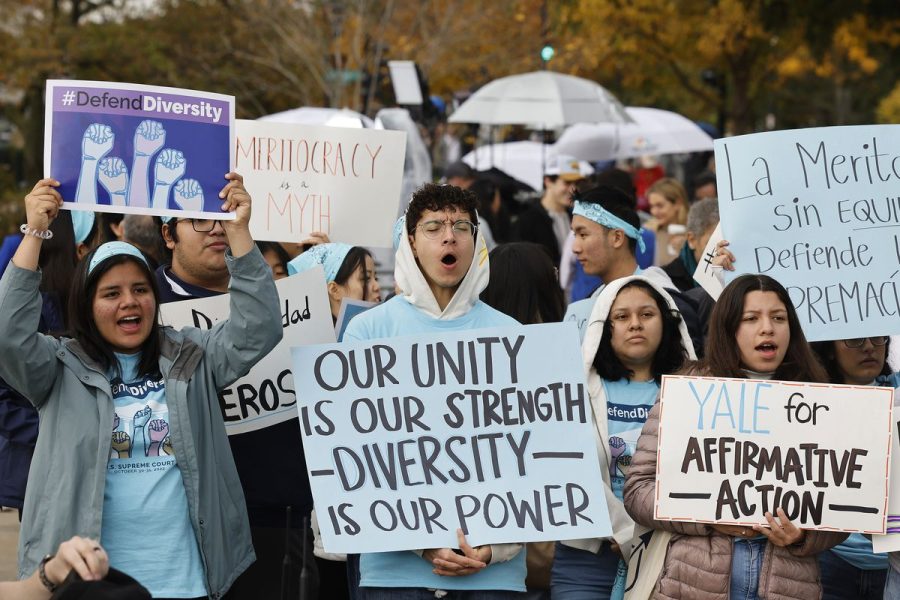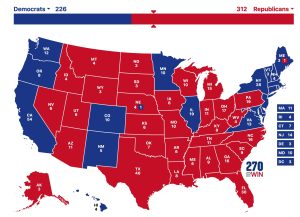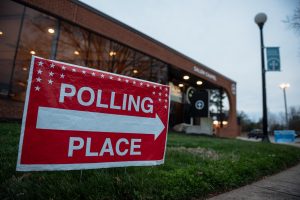SCOTUS must uphold affirmative action
Affirmative action has been instrumental to progress in education and should not be overturned
Advocates for affirmative action protest outside of the U.S. Supreme Court building.
November 2, 2022
On Oct. 31, the Supreme Court of the United States (SCOTUS) began hearing two weeks of arguments regarding the affirmative action lawsuits against Harvard University and the University of North Carolina at Chapel Hill (UNC) that were originally filed in 2014, raising many concerns as to whether race-conscious programs should even be lawful in the United States. The last case that SCOTUS heard regarding affirmative action was Fisher v. University of Texas II, in which Fisher sued the university with the argument that the use of race as a consideration in the admissions process was violating the Equal Protection Clause of the Fourteenth Amendment. Nonetheless, it was ruled lawful for race to be considered in the admissions process. SCOTUS has held a 5-4 conservative majority for much of recent history but shifted to a 6-3 majority following Ruth Bader Ginsburg’s death, signifying a change from Fisher in 2014. While the plaintiffs are trying to change a system that has worked for more than 40 years, the new conservative supermajority has shown a willingness to depart from historic precedent.
The Students for Fair Admissions (SFFA) groups at Harvard and UNC-Chapel Hill are making the argument that race should not be considered in college admissions. The case against Harvard argues that the university is discriminating against Asian American applicants in the race-conscious admissions process. The plaintiffs accused Harvard of quantitatively measuring subjective traits like likability and kindness and thus creating what many call a “bamboo ceiling” — that is, the individual, cultural and organizational barriers impeding Asian American progress in education and the workplace — for them in admissions. The Asian American students at Chapel Hill accused the university of favoring Black, indigenous and Hispanic students over white and Asian American students in the admissions process.
Although the Supreme Court began hearing arguments this past Monday, it is unlikely that it will come to a decision prior to spring or even summer of 2023. This is yet another example of the lack of efficiency and haste with which the U.S. judicial system conducts itself. These two cases will test the conservative majority’s adherence to qualifier paradigms. Any ruling against the current affirmative action policies could drastically change the college admissions process and would be a controversial decision likely resulting in widespread protests and anger.
For those who belong to marginalized groups, affirmative action in the college admissions process has been instrumental to their ability to attend university. This policy has allowed universities to create diverse communities in which students can feel a sense of belonging and enrichment. However, it is important to keep in mind the SFFA’s perspective as they believe that applicants should be considered as individuals and not just as a number to meet a certain quota. The race-conscious admissions process has helped many minority groups that would otherwise have been overlooked to be accepted into a top-tier education, which is why the Supreme Court should maintain its stance and reject the argument that the plaintiffs are trying to convey. Thanks to the affirmative action policy that is put in place nowadays, there are many more diverse college communities that enrich and expand students’ perspectives on inclusion and diversity.
In the wake of movements such as Black Lives Matter, most universities have begun prioritizing meeting racial and ethnic quotas. Selective universities like Harvard and UNC-Chapel Hill didn’t admit students of color until race-conscious admissions policies were finally implemented to make sure those students were not overlooked because of the color of their skin or ethnicity. Affirmative action policies have helped these students, however, if they are now putting Asian American students at a disadvantage, then we are back to where we began and a new admissions process must be considered.












